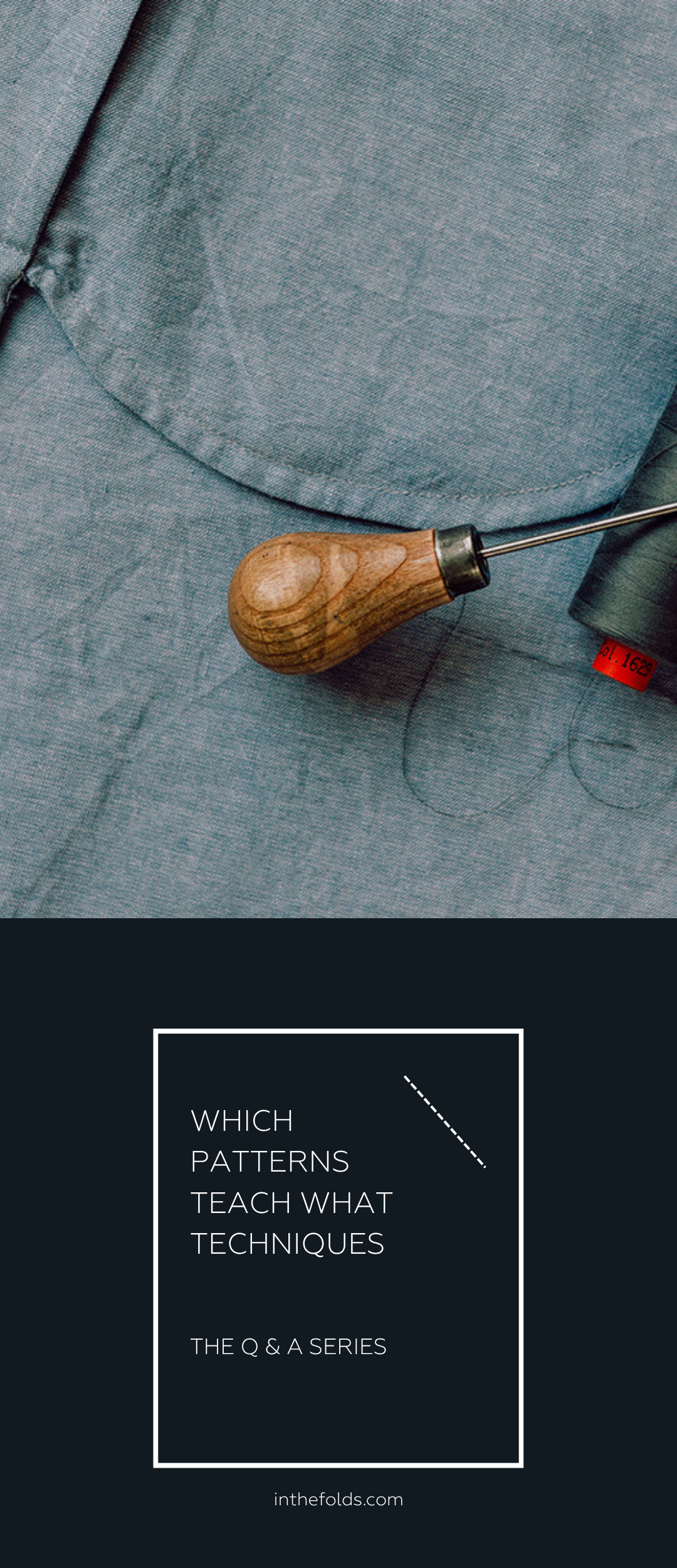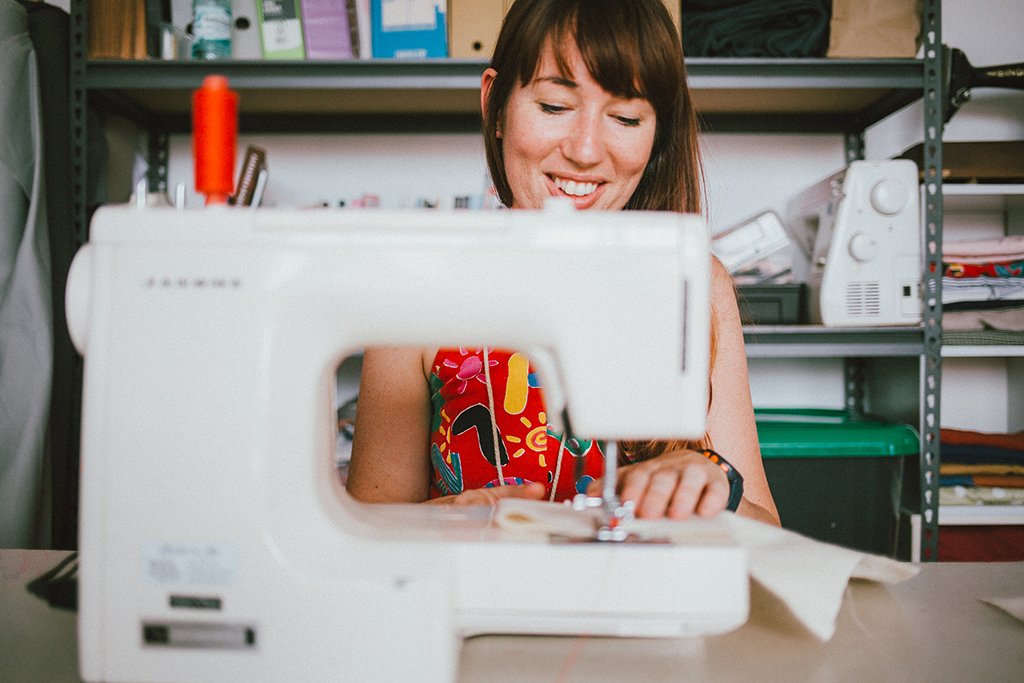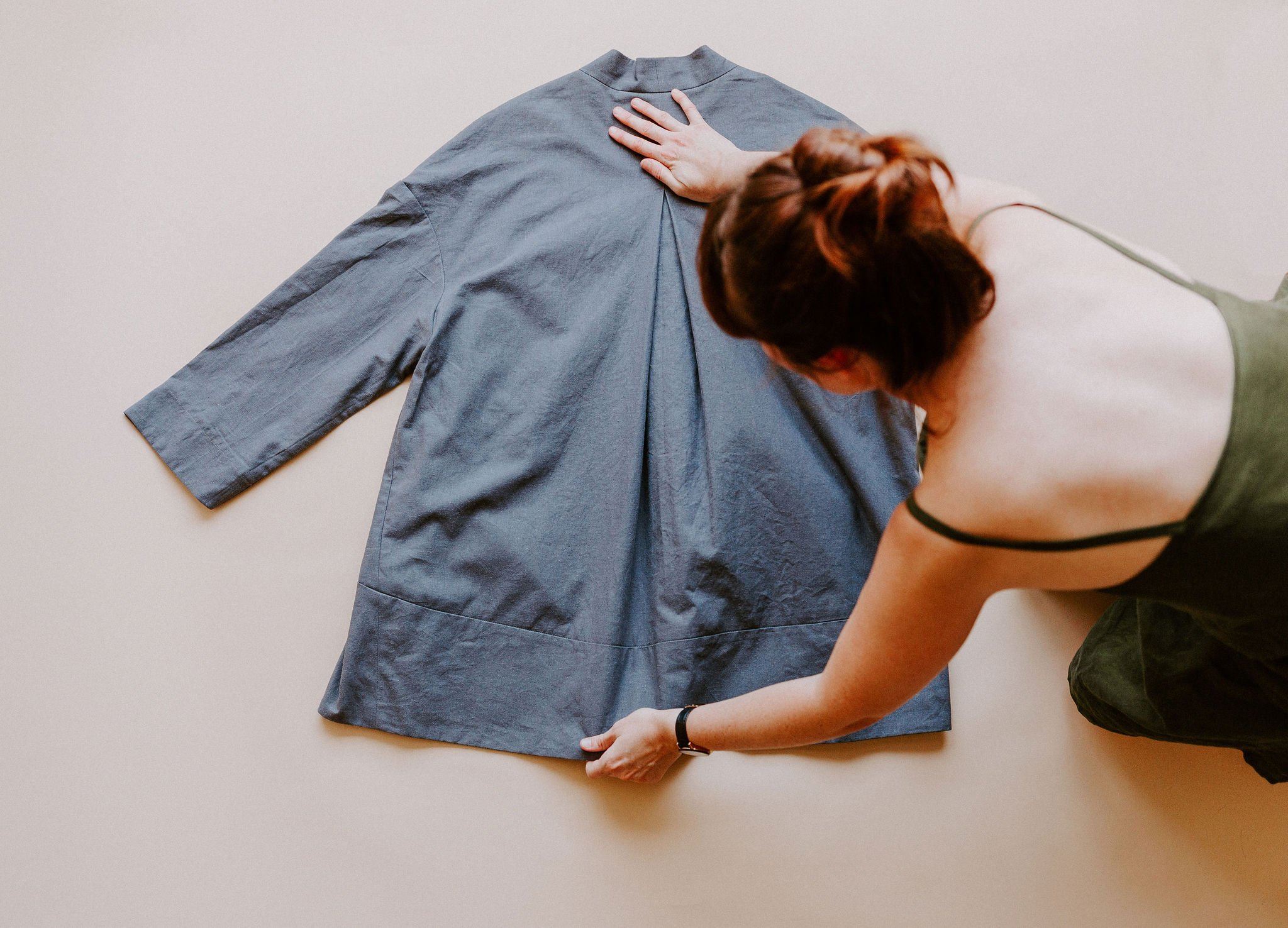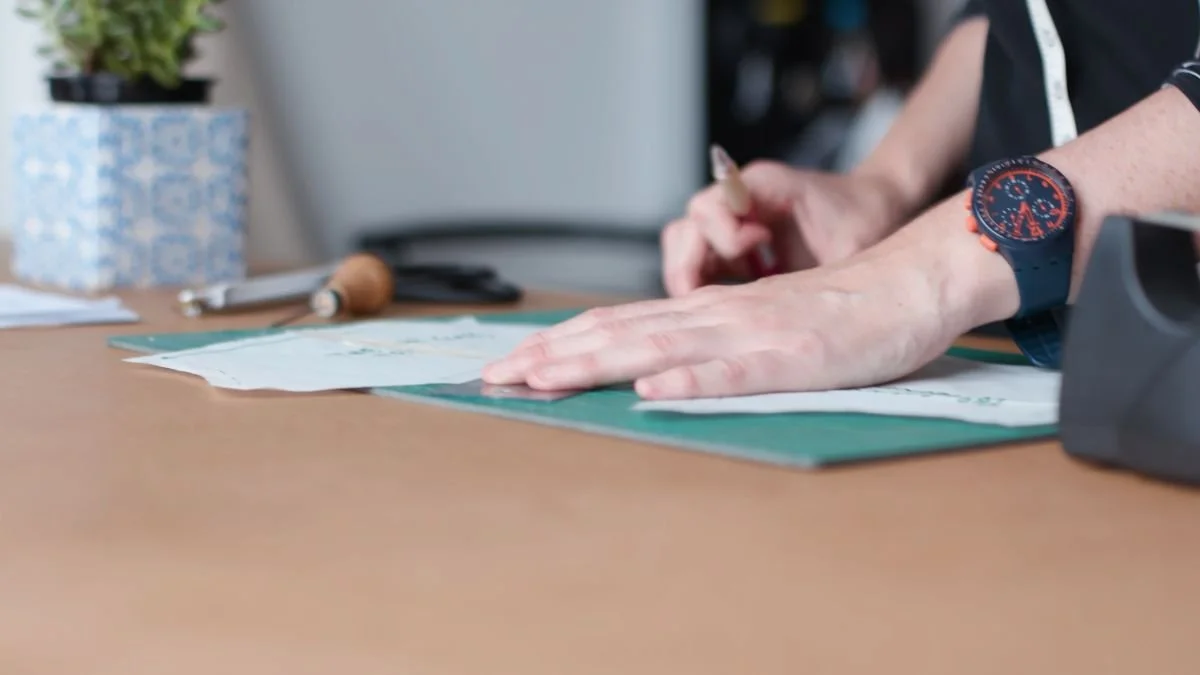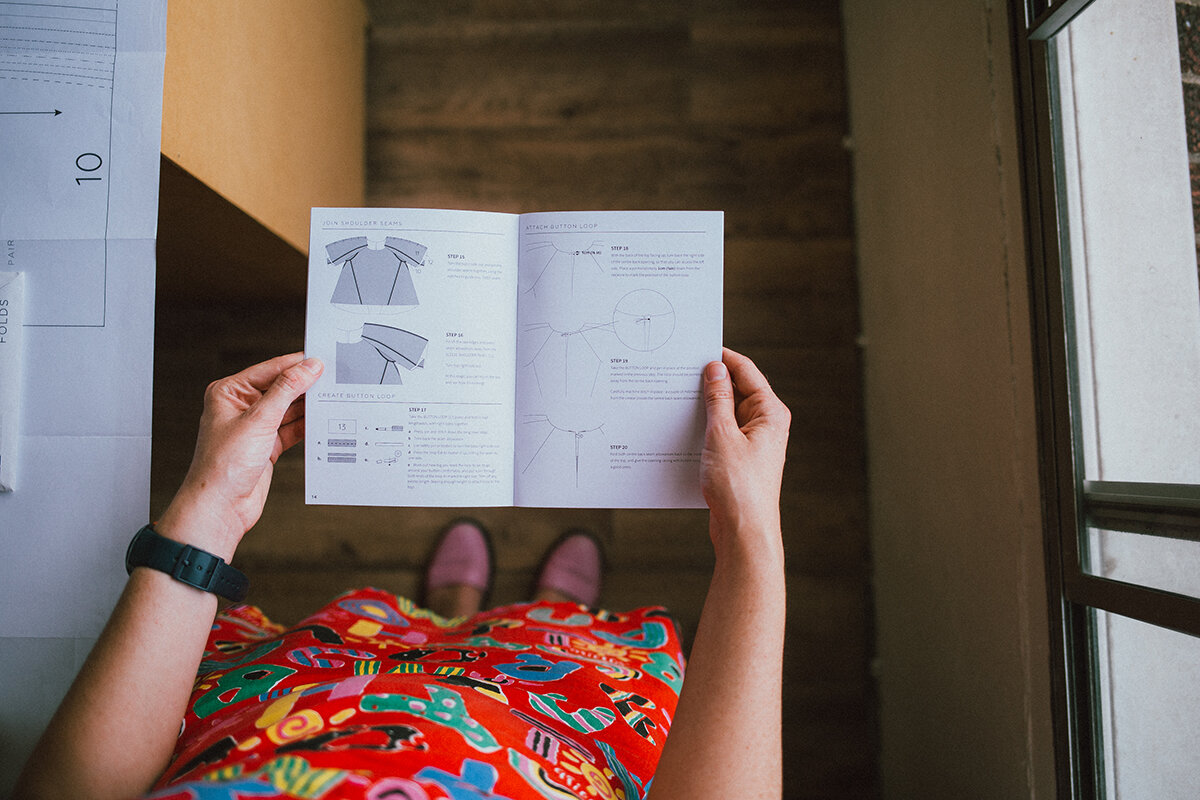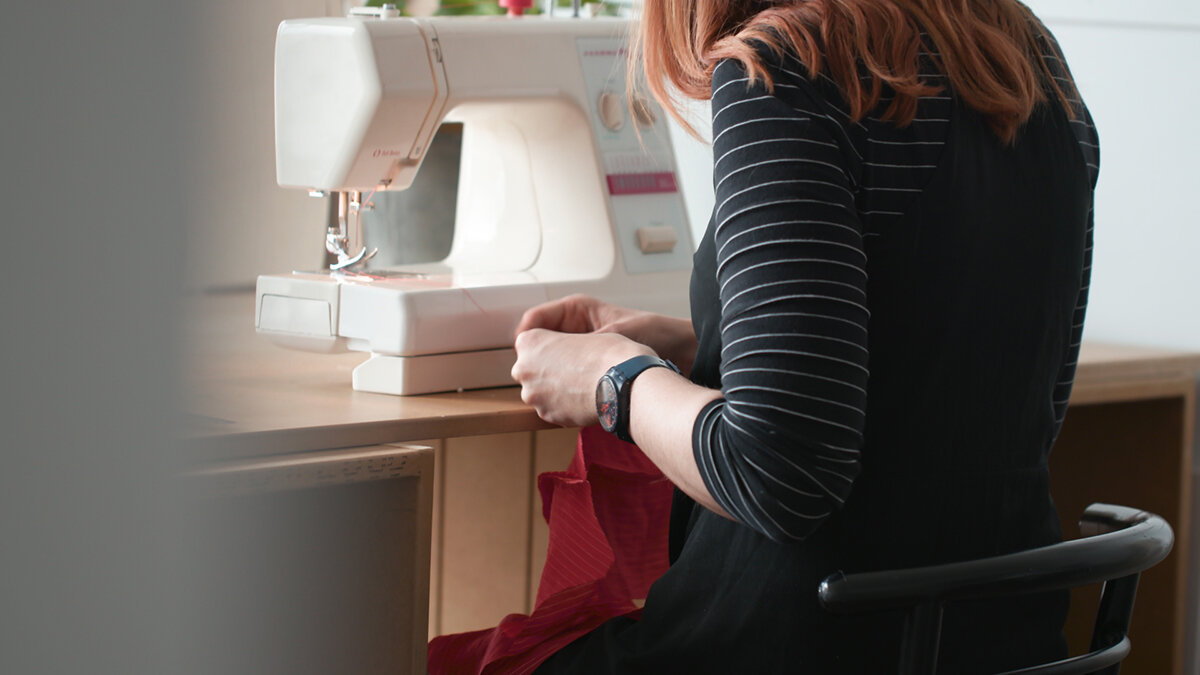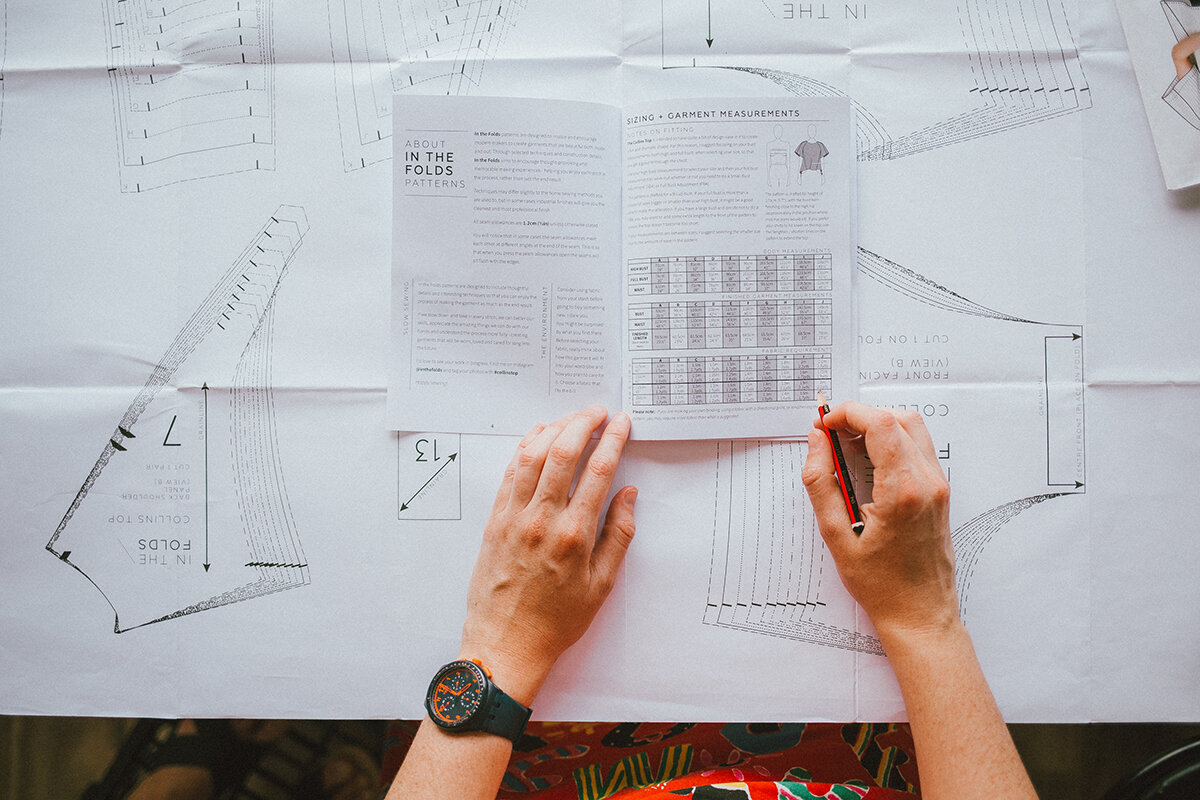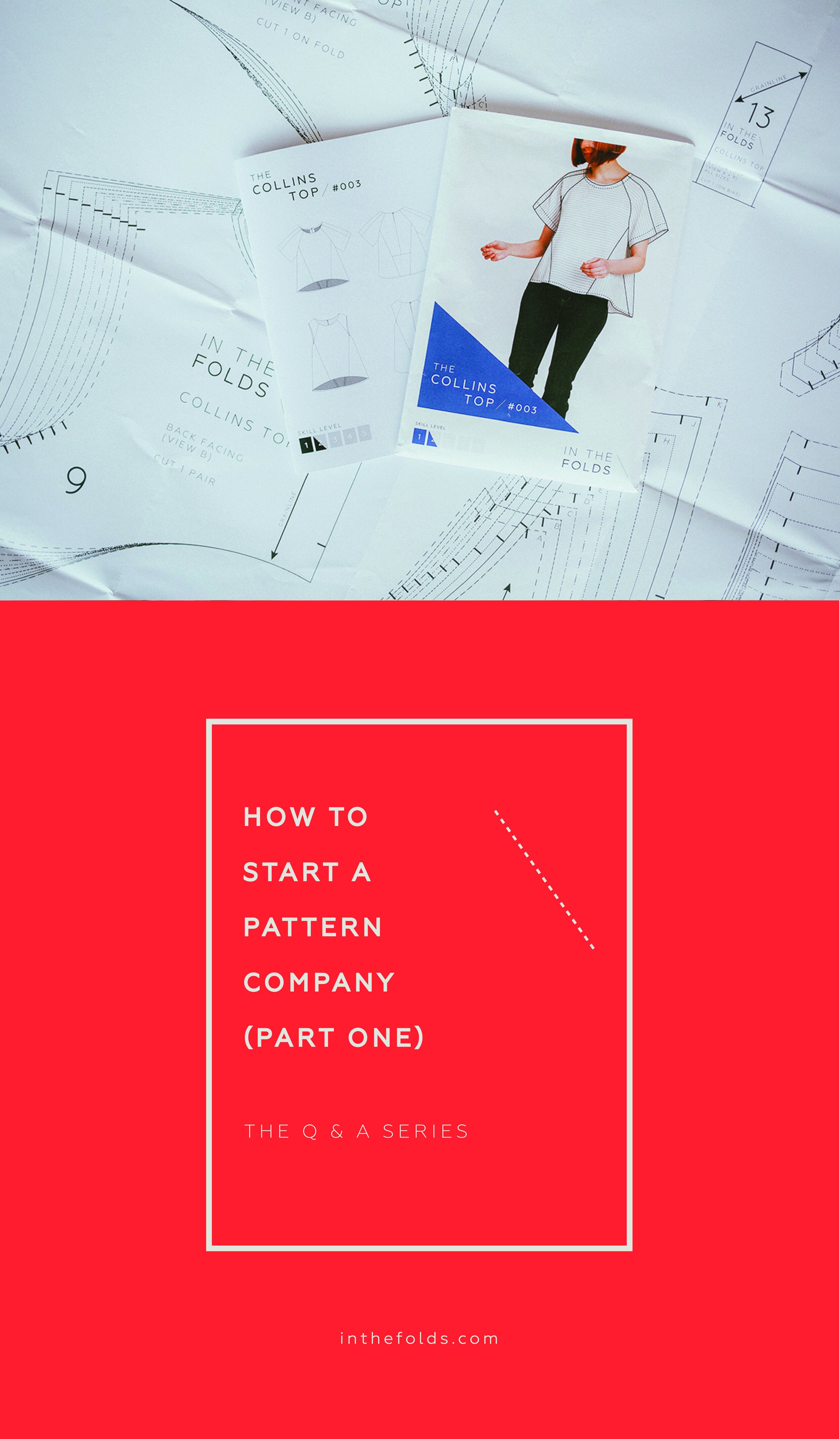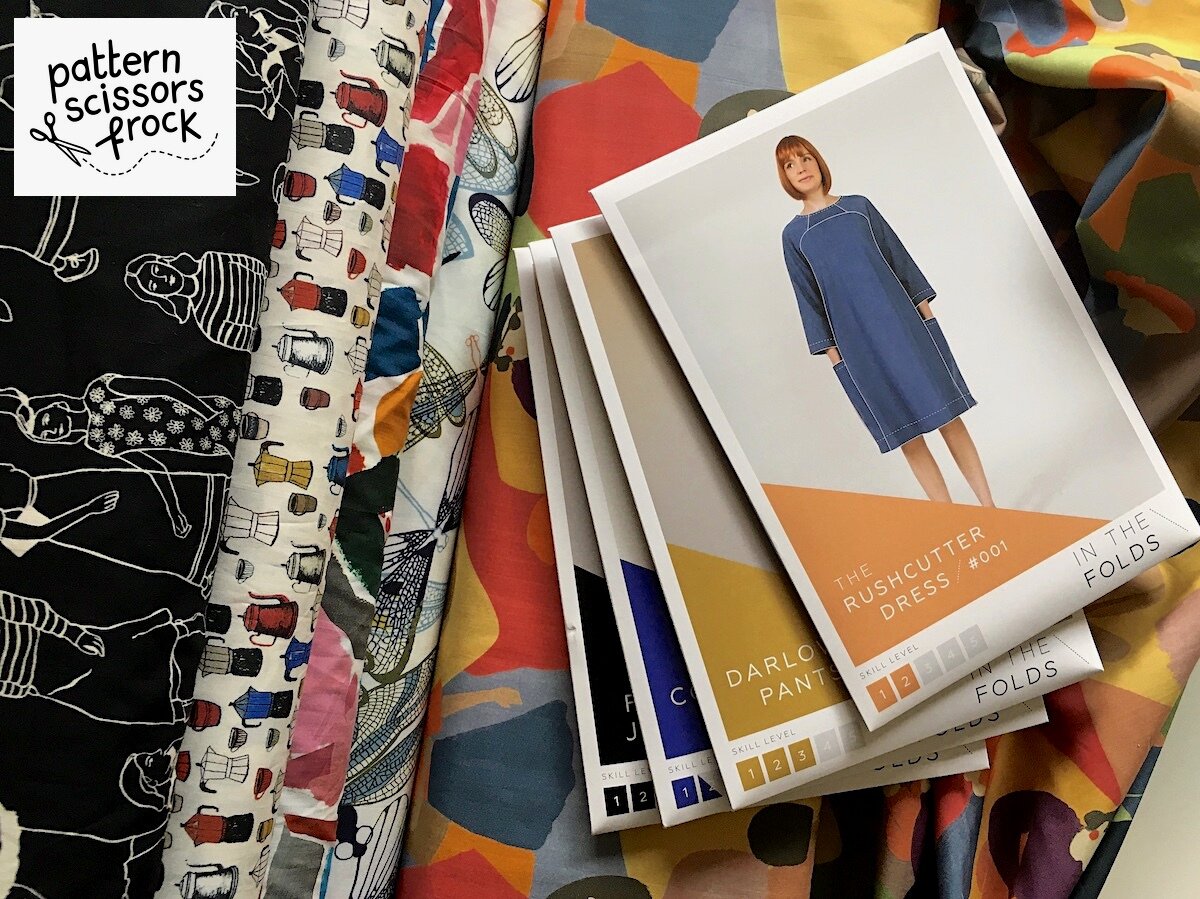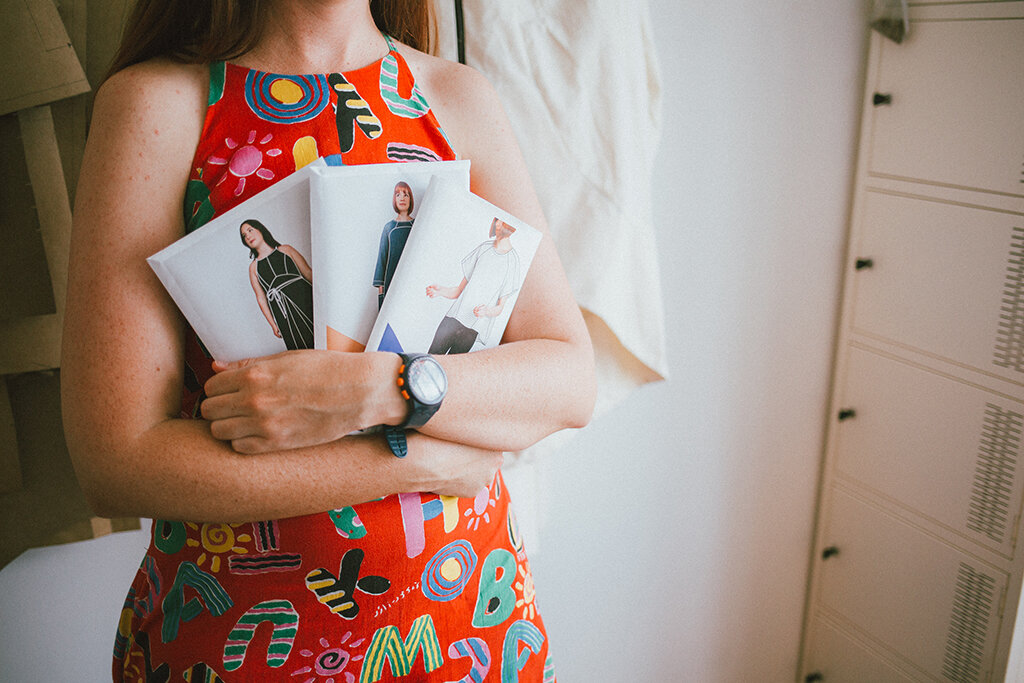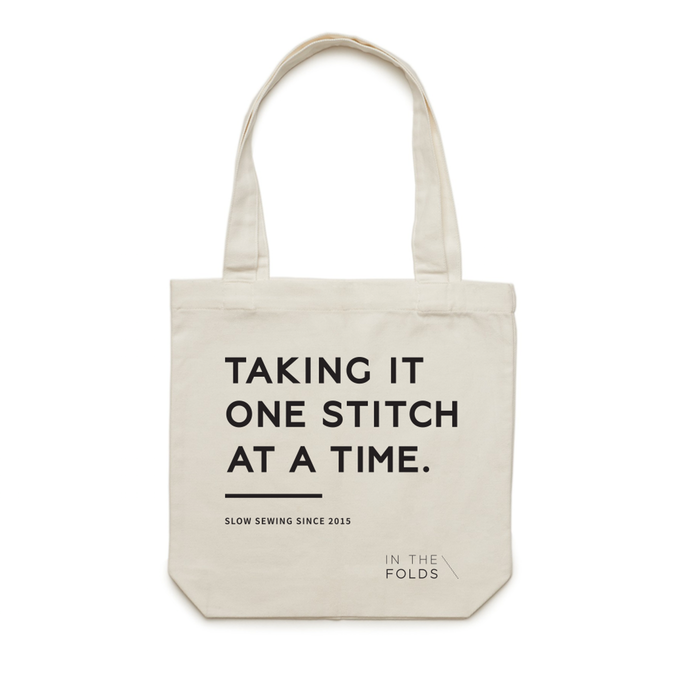THE Q & A SERIES
Celebrating 100 issues of the Q&A series!
Today marks a very exciting ITF milestone. 100 issues of the Q&A series!
We have covered a lot of ground with this series (and will continue to do so, of course) over the last 100 issues. We have covered sewing, fitting, patternmaking and small business and a lot of things in between! We have answered the little questions and the very big questions! We have received countless emails of gratitude (thank you to all of you who have taken the time to write) and feel incredibly grateful to have a community so excited to learn from us and hear from us every Sunday evening. At a time when our inboxes are flooded with information, we know what a privilege it is that you choose to open our emails and read what we have to share with you!
Rather than answering a question this week, we wanted to take a moment to celebrate by asking you a question. Can you help us spread the word about what we do? Use the below graphics on Instagram to let people know what you love so much about the Q&A series or what you have learned from us.
And for those of you who would like to say thank you for the content we share, do you know you can sign-up as a supporter? For $7 a month you gain access to our Curated by ITF online community and contribute to the work we do! Or you can say thanks with a one-off donation.
Feel like visiting the archive of our last 100 posts? You can do so here.
Looking forward to the next hundred!
Happy sewing,
Emily
For more issues of the Q & A series, you can check out the archive here.






